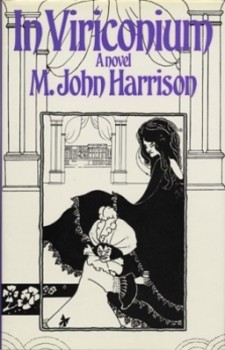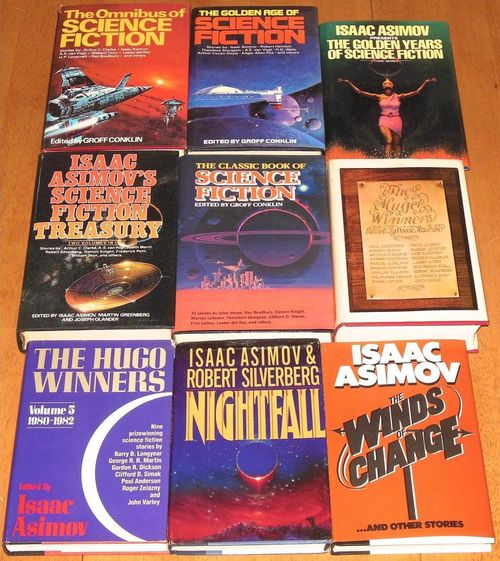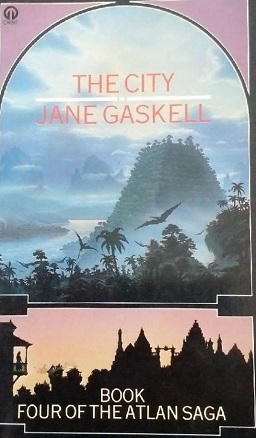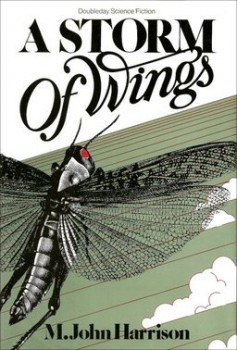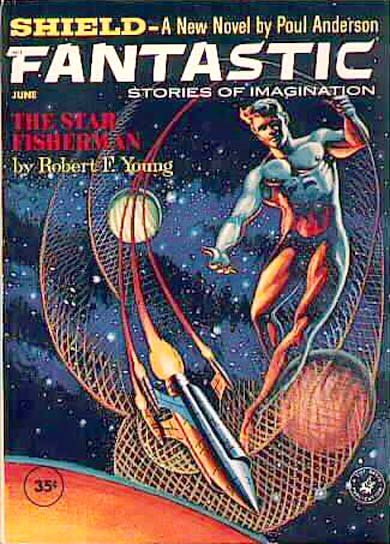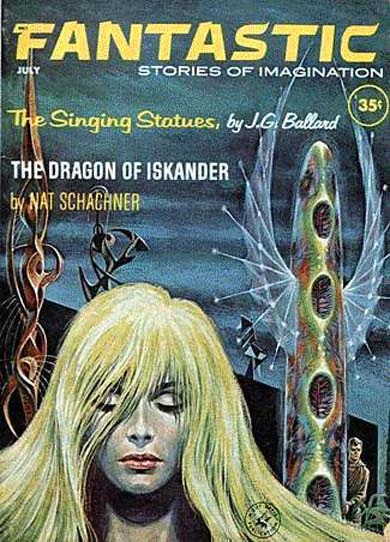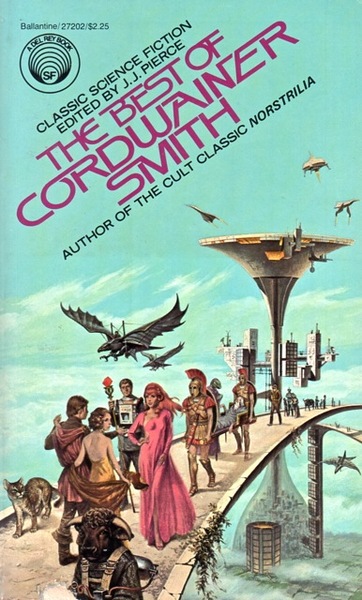Edgar Rice Burroughs’s Pellucidar Saga: Tanar of Pellucidar
 A long time has passed, both on the surface of the Earth’s sphere and within it. On the surface, it’s been almost fifteen years since Edgar Rice Burroughs wrote the second of his inner world adventures, Pellucidar. During this time, ERB penned another ten Tarzan novels, a couple more Martian ones, and a few of his finest standalone tales. Burroughs incorporated himself and set up the offices of Edgar Rice Burroughs, Inc. in a part of the San Fernando Valley soon to be named Tarzana. It seemed unlikely he would return to writing about Pellucidar after almost a decade and a half … but then he hatched a plan to give the Tarzan series a boost using the fuel of the Earth’s Core.
A long time has passed, both on the surface of the Earth’s sphere and within it. On the surface, it’s been almost fifteen years since Edgar Rice Burroughs wrote the second of his inner world adventures, Pellucidar. During this time, ERB penned another ten Tarzan novels, a couple more Martian ones, and a few of his finest standalone tales. Burroughs incorporated himself and set up the offices of Edgar Rice Burroughs, Inc. in a part of the San Fernando Valley soon to be named Tarzana. It seemed unlikely he would return to writing about Pellucidar after almost a decade and a half … but then he hatched a plan to give the Tarzan series a boost using the fuel of the Earth’s Core.
Our Saga: Beneath our feet lies a realm beyond the most vivid daydreams of the fantastic … Pellucidar. A subterranean world formed along the concave curve inside the earth’s crust, surrounding an eternally stationary sun that eliminates the concept of time. A land of savage humanoids, fierce beasts, and reptilian overlords, Pellucidar is the weird stage for adventurers from the topside layer — including a certain Lord Greystoke. The series consists of six novels, one which crosses over with the Tarzan series, plus a volume of linked novellas, published between 1914 and 1963.
Today’s Installment: Tanar of Pellucidar (1929)
Previous Installments: At the Earth’s Core (1914), Pellucidar (1915)
The Backstory
The gap between Pellucidar and Tanar of Pellucidar is fourteen years, the longest hiatus for any of ERB’s major series. Despite numerous pleas from readers, Burroughs apparently had no intention to explore Pellucidar further. But at the end of the 1920s, he devised a plan to jolt life back into the Tarzan books by sending the Lord of the Apes somewhere stranger than the usual lost jungle cities. He already had that “somewhere stranger” waiting to be used: Pellucidar was the perfect Tarzan destination vacation!
But first, Pellucidar needed a bit of a dusting-off to set it up for Lord Greystoke’s arrival, as well as to remind the reading public that the setting existed. Burroughs put into action a two-book plan, starting with a new standalone Pellucidar novel to lure readers into the upcoming Tarzan adventure.
